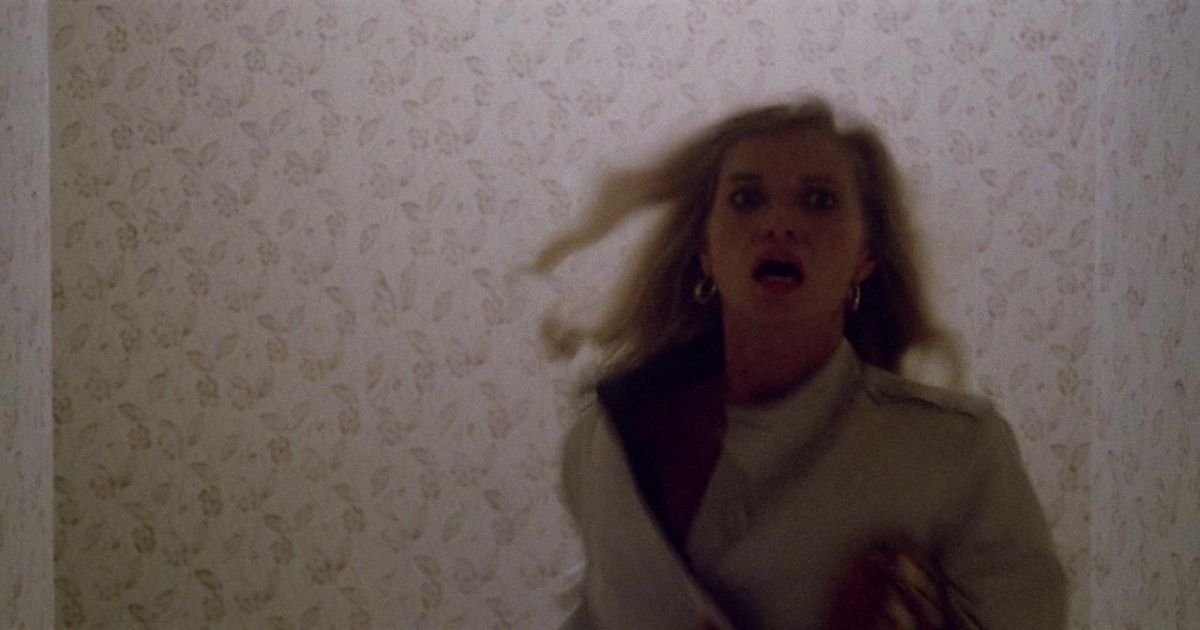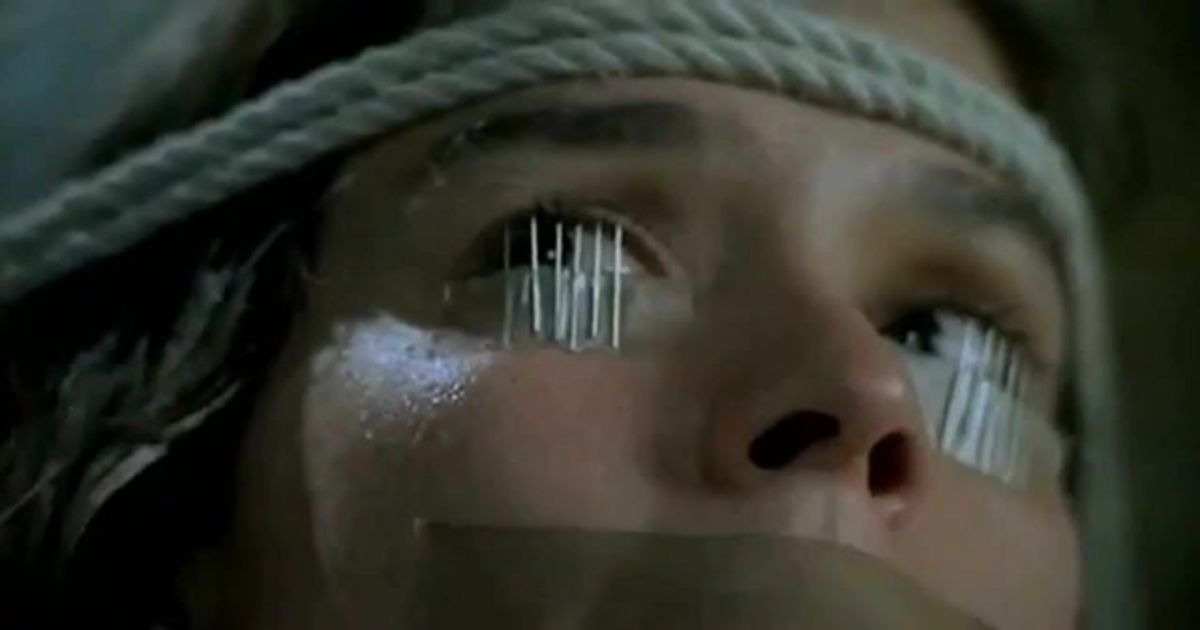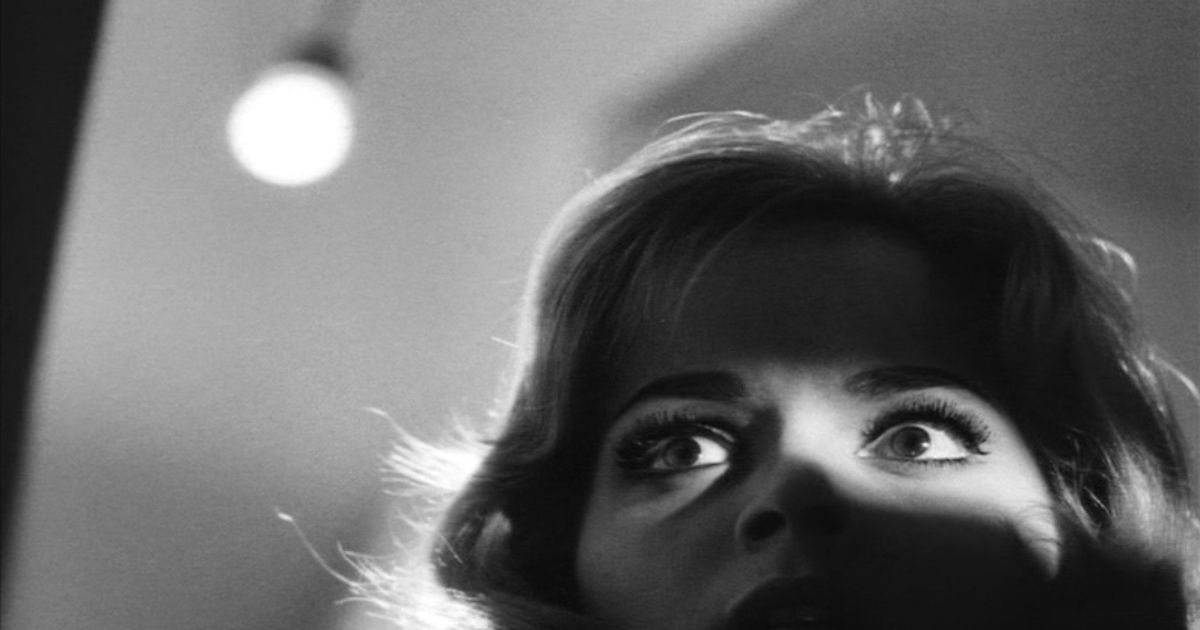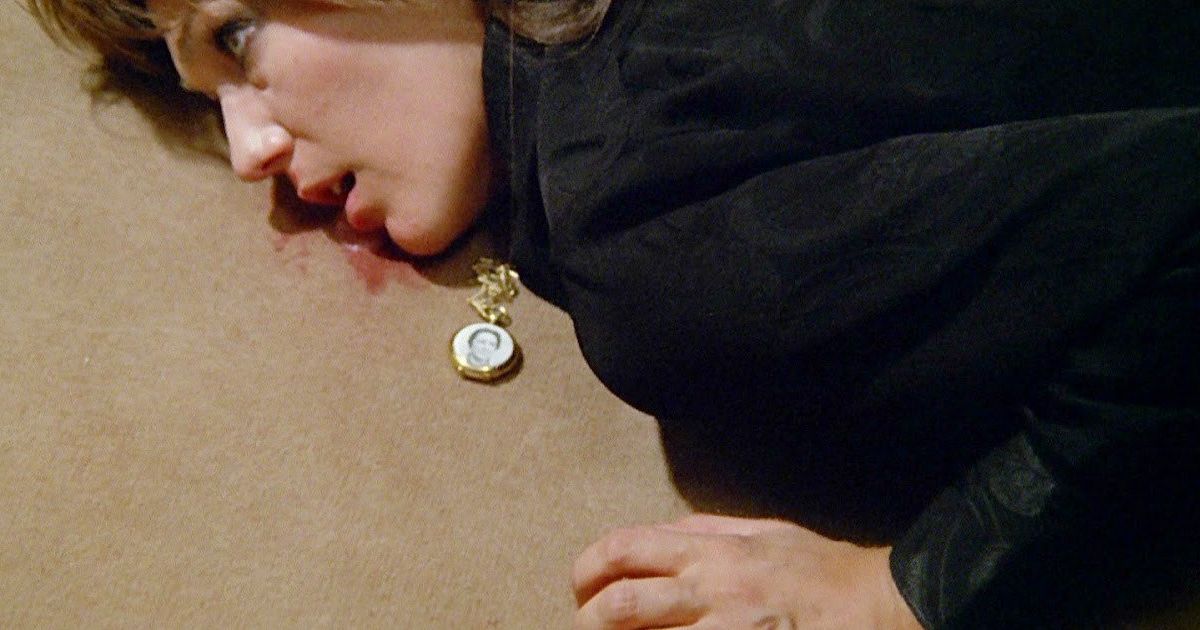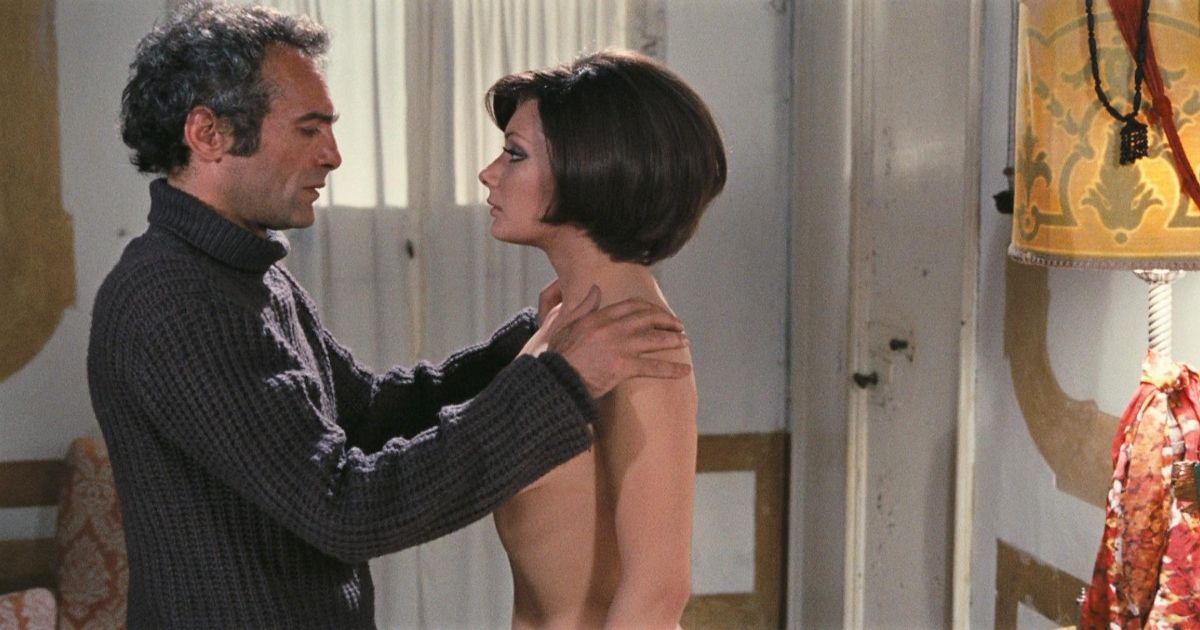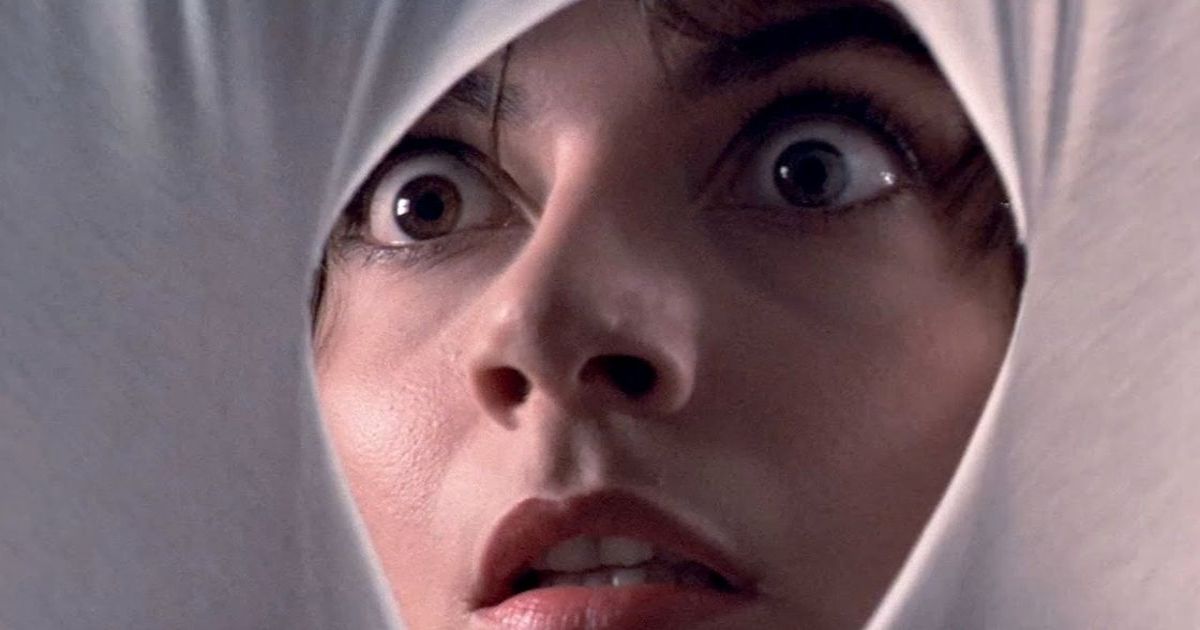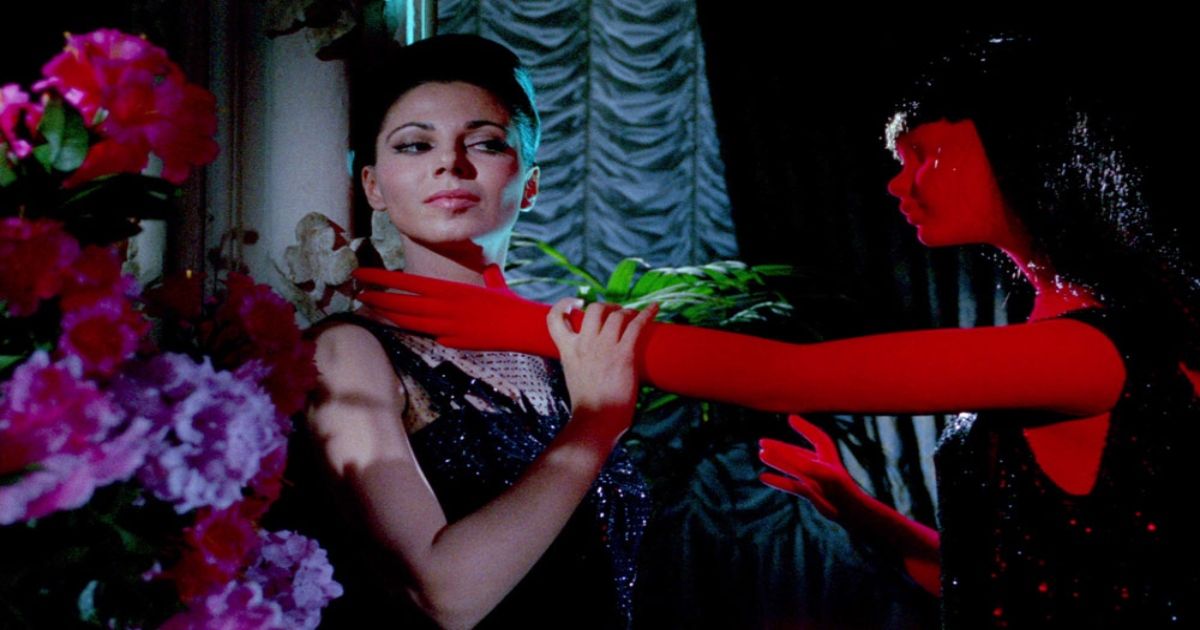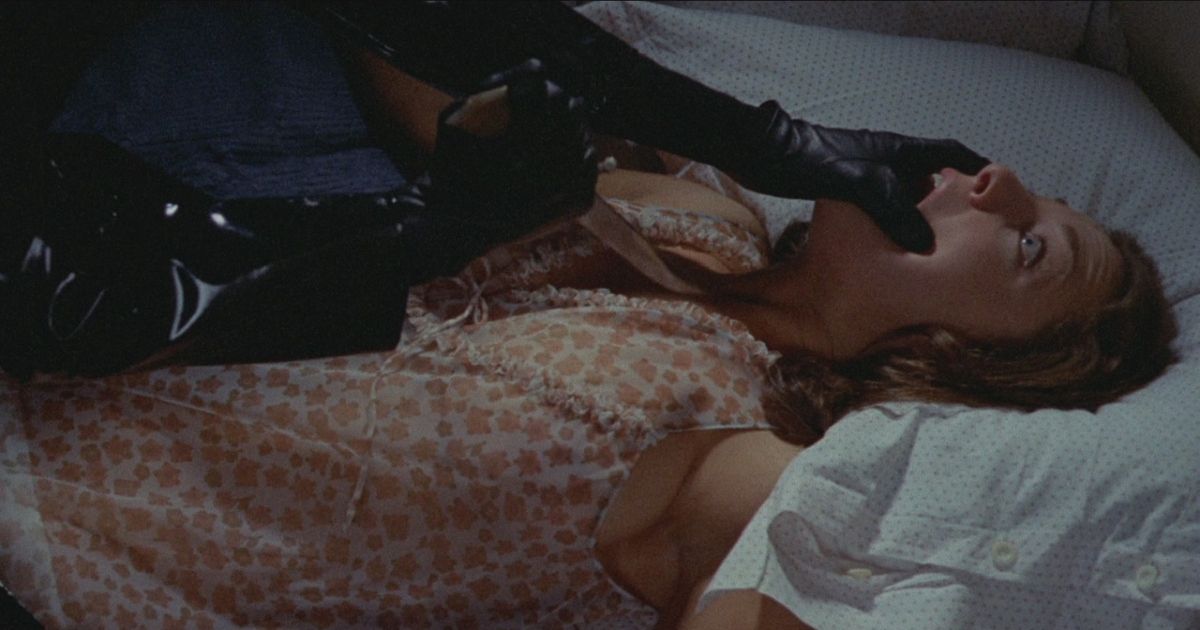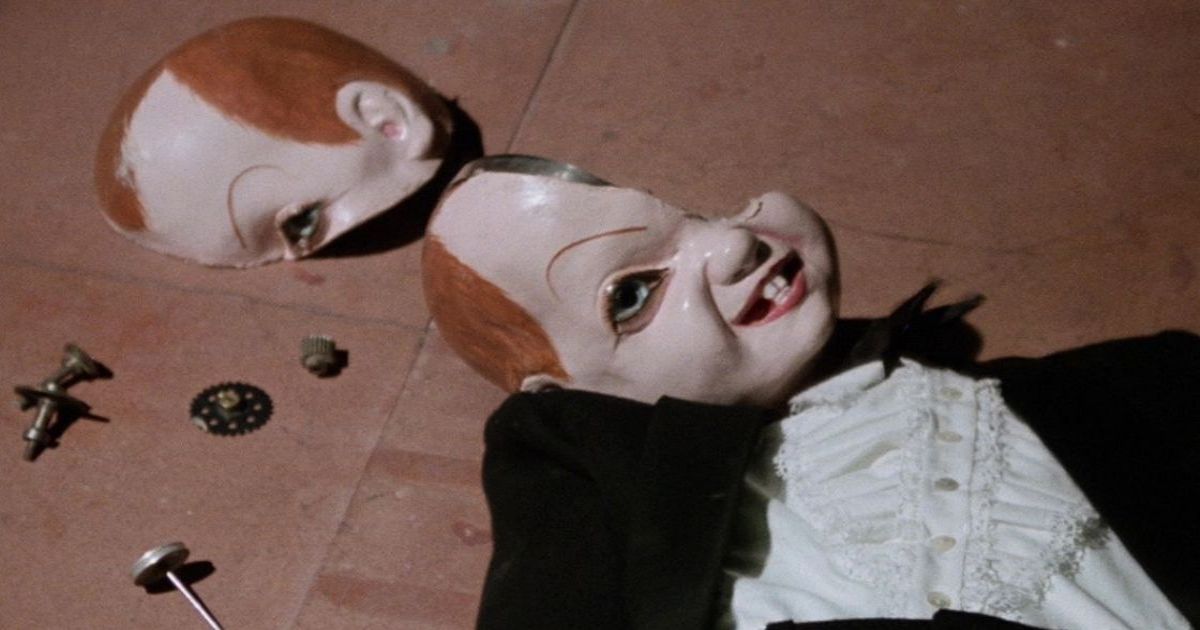Conceived in the 1970s, giallo (Italian for "yellow") takes its name from the yellow covers of the sensational mystery novels popular in Italy at the time. Coinciding with the boom of "Spaghetti Western" movies, gialli (its plural form) were sometimes known as "Spaghetti Slashers," and became a driving force of the larger Italian horror boom that began in the late '60s and made the '70s great for horror movies. It's impossible to consider the greater thrust of horror and Italian cinema without looking first to the gialli and their directors.
Dominated by legends like Mario Bava and Dario Argento, gialli go beyond a simple mystery conceit and often share similar character types, plots, and stylistic elements. The tropes only begin with the protagonist (usually an amateur detective or hapless witness) but stretch to details as small as the trademark black gloves of the unknown killer — who could be just about anyone in the movie, including the protagonists themselves.
While gialli were shot in both Italian and English, their main language was a lurid, sensational blend of sex and violence. Borrowing sumptuous style and complex plot devices from the best Alfred Hitchcock movies and other auteurs of the '50s and '60s, giallo relies on style over all else in delivering its heart-pounding thrills.
The subgenre's central conceit is a one-two punch. First, it implicates a seemingly hapless individual in a murder investigation (also Hitchcockian). The directors often extend this implication to the audience, inviting us to guess the killer and luring us into the eroticism and violence on screen. Then, the giallo unsettles our understanding of the characters and their morality — in other words, it goes completely off the rails. It often draws on ideas of trauma and insanity, using surreal visuals to scare us into submission. This idea of morally corrupting the viewer to elicit a deeply emotional response later became central to the horror genre as a whole.
Ideas from the subgenre would also bleed over into Italian cinema of the '60s and '70s, influencing much of the prolific Dario Argento's work in particular. His most famous film Suspiria fused features of giallo onto more fantastical horror elements. Giallo also borrowed extensively from the defining Italian arthouse films, most notably Michelangelo Antonioni's immensely influential English-language debut, Blow-Up, which follows a photographer who happens to witness a murder. Witnessing murder is a key aspect of most giallo films, which follow the protagonist on their dark, twisty journey to an increasingly terrifying destination. Gothic horror buff Mario Bava was the earliest driving force of the genre, teetering into giallo with Black Sabbath, and falling in head first with The Girl Who Knew Too Much and Blood and Black Lace.
Let's take a look at ten of the best, most provocative giallo movies.
10 The New York Ripper
This film from Lucio Fulci follows a detective who teams up with an analyst to hunt for a serial killer terrorizing New York City. Full of classic Fulci gore, The New York Ripper unforgettably opens with a dog fetching a severed hand from the bushes and delivering it to his horrified owner. As the wave of murders continues to wash over the city, Lieutenant Williams notices the killer's fixation on sex workers and promiscuous women and gradually zeroes in on the twisted perpetrator. Downright offensive at times, it's hard to imagine this campy outing as anything besides a commentary on exploitation itself. That said, like many other Fulci films, it toes a fine line between reproducing said exploitation in the process.
9 Terror at the Opera
Coming long after the heyday of the genre, Dario Argento's Terror at the Opera (or just Opera) was a gory, tense return to form for the director. Betty, a young soprano in a production of Verdi's Macbeth, is tormented by a series of murders and horrors seemingly designed for her. Distracted from her performance and haunted by past traumas the killer brings to the surface, Betty fights to identify the killer before he takes her sanity and her life.
Leaning more into the slasher elements of the '80s that were all the rage by then, Argento doesn't spare a single drop of blood. This one isn't for sensitive eyes — literally, with one famous scene seeing the killer fixing needles under the lids of one of his victims (and more eye-related gore involving crows later in the film). This imaginatively terrifying trip into the world of opera is not easily forgotten.
8 The Girl Who Knew Too Much
Mario Bava's black and white The Girl Who Knew Too Much is considered to be the bedrock of the giallo subgenre, giving Italian horror an eye-popping push from its gothic roots into the gutsy boom of the '60s, '70s, and '80s. It follows Nora (Leticia Roman), an American crime-novel nut on a vacation from hell in Rome. First, the aunt she is visiting passes away right before her eyes, then she is mugged and awakens to witness a murder. When the police can't find the victim's body, Nora's story and her own sanity are questioned. Oftentimes dreamlike and emphasizing mood over plot, this important film set the tone for the subgenre that would redefine psychological thriller movies, slashers, and erotic horror forever.
7 Cat O' Nine Tails
Though Argento wasn't personally fond of the film, The Cat o' Nine Tails was undeniably an important giallo hit from the director. The second installment in Argento's "Animal Trilogy" (three films with animal-themed names), it followed up The Bird With the Crystal Plumage and preceded Four Flies on Grey Velvet.
Considerably more straightforward than Argento's other work, it follows a reporter named Carlo who teams up with a blind ex-journalist to investigate a break-in at a medical institute. This twist on the usual lone-detective setup for gialli is a welcome one, as the two have a chemistry and genuine rapport that lightens the film and likely made it more appealing to American audiences. The two have a cat and mouse pursuit against the killer, who keeps covering his tracks before they can follow through on their next lead. Despite its name, no cats or whips are involved in this one — the title is a reference to the nine leads Carlo follows in the case.
6 A Lizard in a Woman's Skin
This giallo from Fulci is like an interminable acid trip. It follows Carol, the wealthy daughter of a British politician whose increasingly terrifying dreams appear to lead to the real life murder of her hippy neighbor Julia. As Carol descends into paranoia, the film becomes a taught depiction of psychological terror. As was the case for many Italian horror films at the time, A Lizard in Woman's Skin had its fair share of controversy, including claims of animal cruelty for a particularly disgusting scene involving four live (and thankfully fake) dogs being dissected.
Ultimately, it was a great example of Fulci's vibrant, off-the-rails approach to the exploitative sexuality and graphic violence of giallo. The queer elements of the film, which include typical tropes of the "psycho lesbian," have earned it modern criticism. Either way, giallo's fascination with female sexuality wasn't going to go anywhere anytime soon, and A Lizard in a Woman's Skin is one of its most egregious examples.
5 Your Vice Is a Locked Room and Only I Have the Key
Gialli were known for their frequently bizarre, intricate names, but Sergio Martino's Your Vice Is a Locked Room and Only I Have the Key easily takes the prize. This classic is a mouthful in both Italian and English—not just for its wordy title but its brutal emotional and physical violence. When the mistress of a booze hound writer turns up murdered, all roads seem to lead back to the twisted man himself. After all, he has a cat named Satan and takes considerable pleasure in tormenting his own wife. But as the dwellers in the author's estate watch each other (and we watch them), Martino evokes a voyeuristic delight in uncovering the dark truth lurking behind closed doors. He lays it on pretty thick here, with a hefty dollop of camp and melodrama, but it's hard to look away from this stylish, claustrophobic tale of murder and betrayal.
4 Tenebrae
Also known as Unsane, Argento's Tenebrae follows Peter, an American novelist who is in Rome promoting his latest murder mystery when he receives a horrifying letter — the serial killer stalking the streets of the city has been inspired by his novel. As the murders get closer to Peter, he becomes increasingly suspicious of both his critics and those in his inner circle. Famous for its arsenal of shocking twists (especially a killer one in its rollercoaster of a final act), Tenebrae easily goes down as one of Argento's strongest entries to the giallo genre.
3 Blood and Black Lace
Set in an Italian fashion house, it's only fitting that this early giallo masterpiece from Mario Bava packs as much of a punch with its thrilling storytelling as it does with its imagery. Filled with the usual mix of brutal murders and noir cloak-and-dagger, Blood and Black Lace centers on the mystery of several murdered models at the Roman salon.
Full of visual contradictions that make for a fascinating and engaging atmosphere, Bava was at his best here, contrasting the vibrant colors of dressing rooms with chiaroscuro lighting and gruesome death sequences. As Detective Inspector Silvestri and the audience work to (literally) unmask the killer, Bava delivers thrills along the way, serving up some especially memorable cinematography. This trip into the Italian fashion world is as beautiful as it is bloody, and its visual influence on some of the scariest and most important horror movies can be felt across the genre.
2 The Bird With The Crystal Plumage
Dario Argento's lengthy career sounded off with an iconic entry into the world of giallo, The Bird With The Crystal Plumage. Sam, an American writer, witnesses an attempted murder in an art gallery in Rome and is drawn into the investigation. As the would-be killer terrorizes those close to him, Sam obsesses over increasingly specific clues to identify them. Drawing on the rich material of Rome's contemporary art scene and Argento's keen eye for visually stunning horror, the film is a staple of the genre, seamlessly bridging plot to presentation. This film's motif of a bird with "crystal plumage" would later go on to manifest as an important element in Argento's later masterpiece Suspiria: protagonist Suzy wields a crystal peacock feather as a weapon in the film's climax. While it materializes in Suspiria as a deadly decoration, here the title refers to a type of real bird.
1 Deep Red
Perhaps the most fittingly named giallo in the genre, Deep Red makes art out of the blood which oozes from its most violent scenes. Known to many by its original Italian title Profondo Rosso, it's widely considered by many to be the best giallo film, perfecting the conceits of the subgenre while bringing distinct flare and plot. When Marcus (David Hemmings), a professional jazz pianist, witnesses the murder of his neighbor, he teams up with a professor to crack the case.
Plentiful twists and memorable deaths are just part of the equation — Argento is rarely as good at setting mood and using vivid color as he is here. In order to deepen the unsettling mood, he packs the film full of creepy details like children's drawings, a terrifying puppet, and nursery songs. Deep Red makes the familiar terrifying and creates a frenetic, horrific mystery that can be felt as well as seen. Argento's masterwork is the film that would go on to define the genre and spread its most thrilling impulses to the rest of international cinema.

.jpg)
